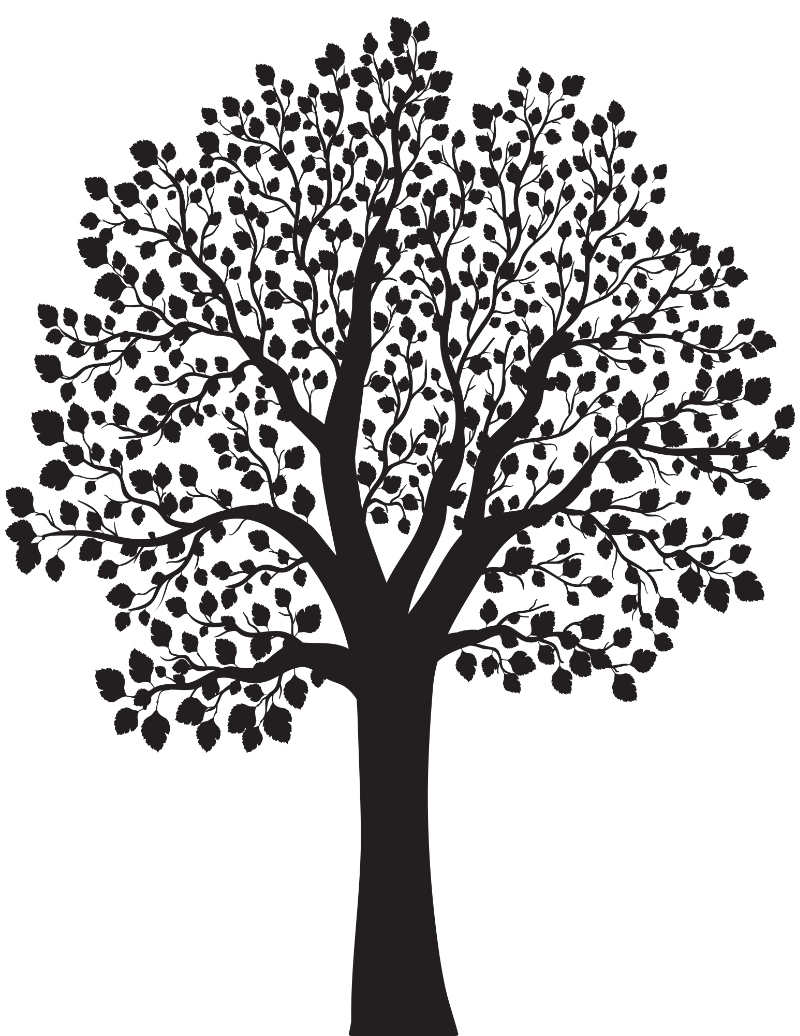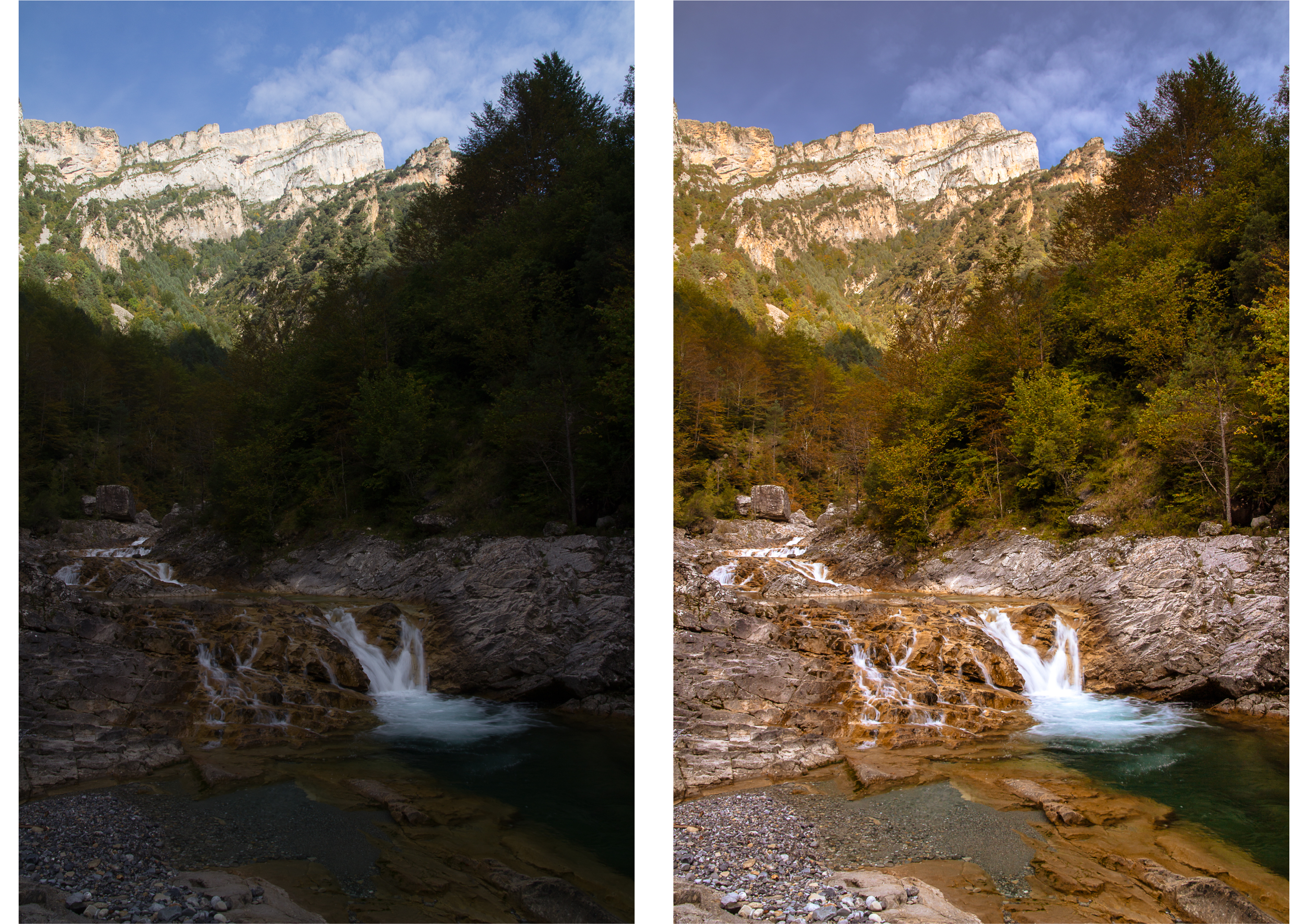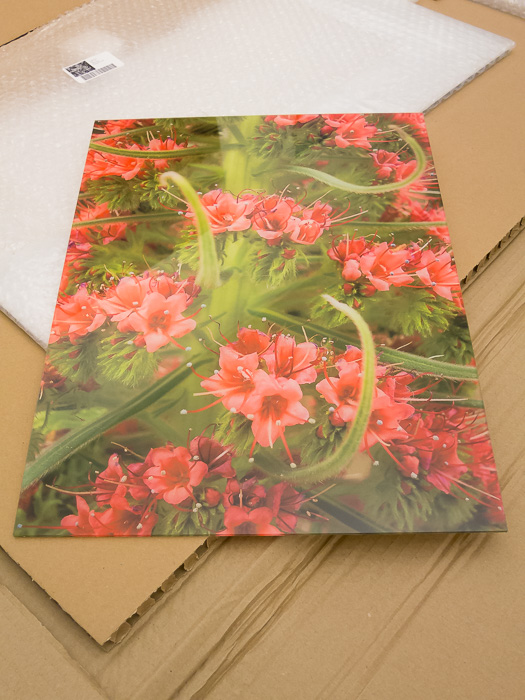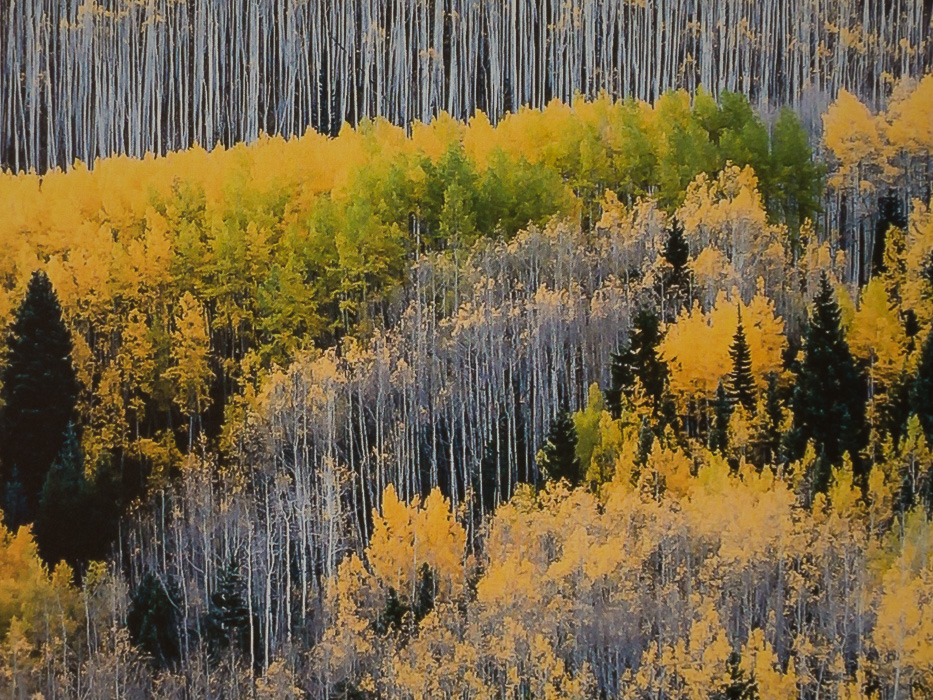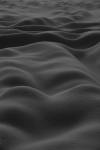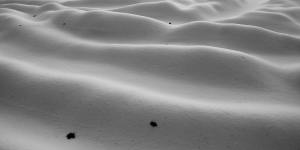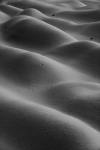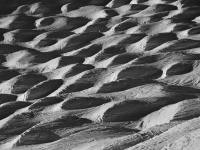10 May How I print my pictures (part 2)
As mentioned in part 1, this post has been in my drafts folder for some time already. So prices that are mentioned below have probably changed in the meantime. After my previous post about printing my images at Authentic, I thought that it would be useful to describe my experience with a newcomer on the market for printing images in Belgium (and France). Zor.com is a new internet printer, specialized in direct printing on several types of boards in a relatively limited range of sizes. Where they differ from the many other printers available today on internet is their prices. Surprisingly low compared to their competition. They print on Dibond, acrylic glass, forex, carboard, and canvas.09 May How I print my pictures (part 1)
I have written this post (and part 2) already some time ago but had not published them yet. Here it is at last. Be aware that prices that are mentioned might have changed in the meantime, of course. It has been some time that I have wanted to write a post about my experience with printing my images for exhibitions. As I had promised recently that I would write more about testing some techniques or material, I thought that it would be interesting to start with this part of my workflow as it is the one that is the most visible to the final viewer of my images. This is Part 1 and you can expect Part 2 very soon, with my test of another company for printing my images. For my very first exhibition a few years ago (Les Intrigantes), I was still optimistic and thought that I could get away with printing my pictures at one of the many general public printers available on the Internet today. I was convinced that the price would be low and hoped that the quality would be sufficient to satisfy my need for the best possible result. I should have known better... In the end, I needed to send my images in parallel to two different internet printers to get a result only approaching what I was expecting. Some prints were too red, others were too green, none were close to the colours I saw on my calibrated display at home. In the end, a very expensive exercise and very far away from the high quality I was striving for. So, I had to turn to a better quality printer to get what I wanted.01 May Importing the Picasa database to Lightroom
This post had been waiting in my drafts folder for a long time! Here it is published at last! After the recent announcement by Google that they would stop active development of Picasa Desktop, a lot of people are looking for an alternative to replace it without losing all their albums, keywords,... Good news for those who have been using Picasa Desktop to manage their pictures collection and want to switch to Lightroom: my plugin Lightroom to Picasa Importer is now available. You might have seen my previous post about my procedure to convert Picasa Desktop albums into Lightroom collections. Although this was working, I found that it was a really cumbersome procedure and I wanted to find an easier way to do it. So, after a lot of information gathering and research on the structure of the Picasa database, I had enough information to try and build a Lightroom plugin to do the work automatically. I decided to take the plunge and quickly learned how to code in Lua to be able to write a plugin for Lightroom.20 Jan How to build a full screen photo gallery with WP Supersized
I often get asked how to use WP Supersized to build a full screen gallery of images within a Wordpress theme.
Here is a simple way to do it.
If you have other ideas on how to do this, share it with other users by using the comments.
First of all, check out the demo.
OK! How is this done ?
30 May How to convert Picasa albums into Lightroom collections


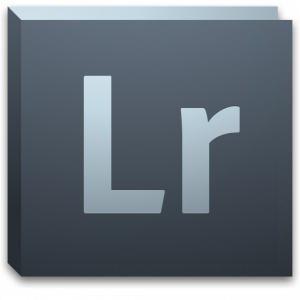
For sorting and classifying my pictures, I have been using Picasa for quite some time now. While I still believe that this is the fastest images manager that I have ever seen, it has some limitations and I have been thinking about using Adobe Lightroom instead. My only issue before switching to Lightroom was that I first had to make sure that I could import the numerous albums that I had created to sort my pictures in Picasa. With 40K+ pictures and several thousands sorted in albums, I could not afford to lose this information when switching to Lightroom. A related issue was that I had many star-rated pictures in Picasa that I also wanted to transfer. Neither Picasa nor Lightroom support this kind of transfer and I could not find any solution that suited me on the Internet. So I looked at the problem myself. Dissecting the required process into simple steps made it easier to find a solution. The rest of this post will describe how I did it.
03 Apr A very cheap DIY spare part for my tripod
My Manfrotto tripod has been following me everywhere and in all conditions for many years. It is now quite battered and its head even has a bent handle. But, until now, no parts had gone missing. That is...
